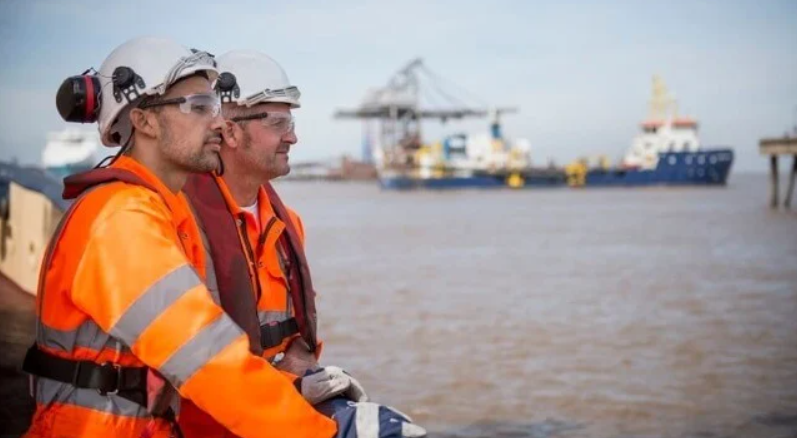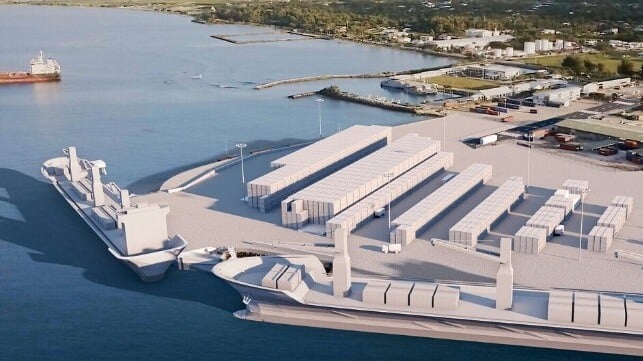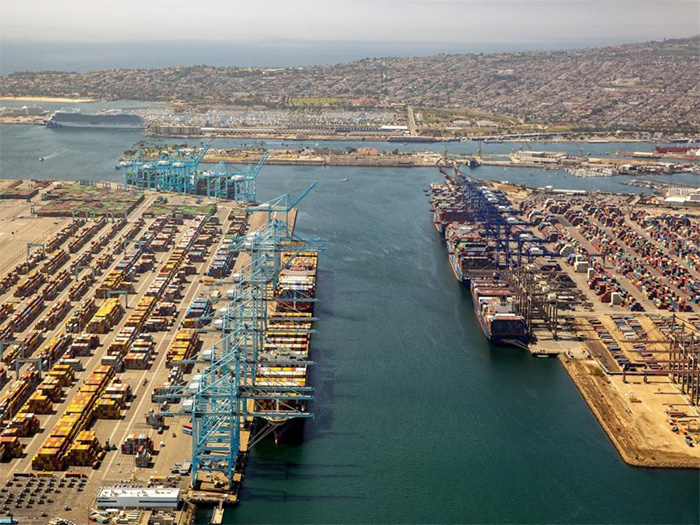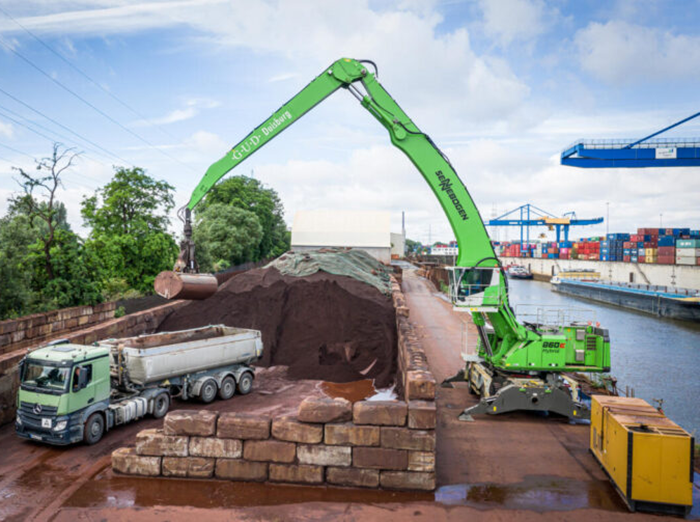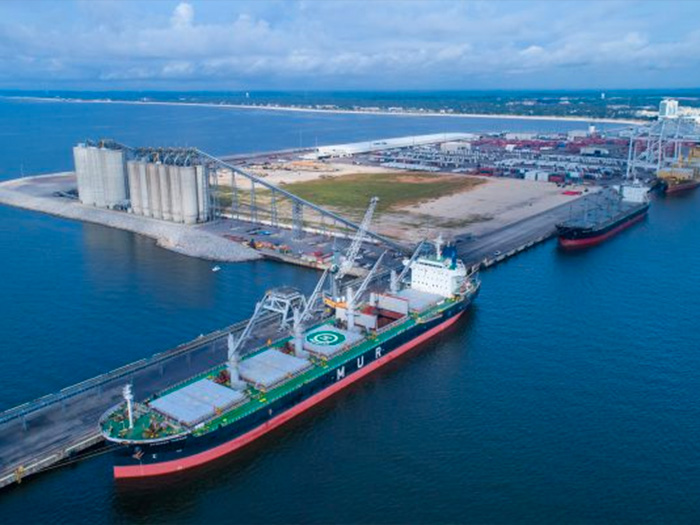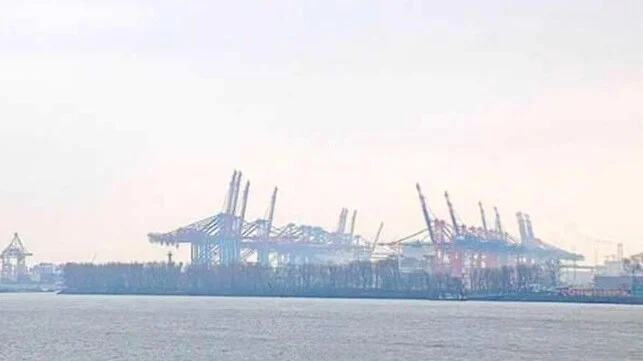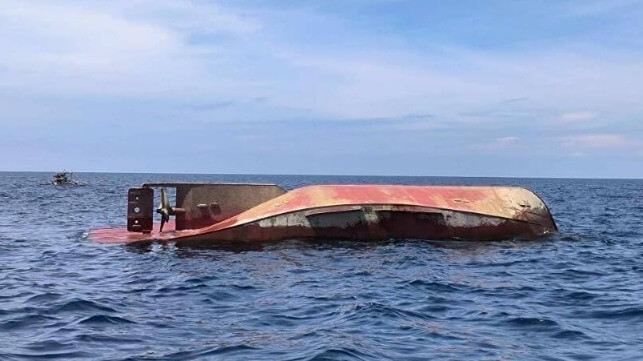
Diversification is a common theme at the Jacksonville Port Authority (JAXPORT). From cars and containers to forest products and military equipment, JAXPORT’s strategic location and terminal capabilities are a winning combination. The same is true for breakbulk cargo.

In fiscal year 2019, JAXPORT saw a seven percent increase in breakbulk cargoes, including wood pulp, with 934,600 tons moved. “Last year brought a number of new opportunities in breakbulk, particularly with a significant amount of paper products and wood pulp moving through the port,” said Rick Schiappacasse, JAXPORT’s Director of Forest Products and Specialty Cargo.

While forest products support a significant percentage of this cargo type at JAXPORT, the cargo segment remains diversified. HMM Co., Ltd. America recently handled a shipment of transformers through the port’s Blount Island Marine Terminal—a job made even more complicated by a 1 a.m. cargo arrival time. (Pictured to the left.)

“This is the first one of these we have done through JAXPORT, and the process was seamless,” said HMM Port Captain Peter Mastandrea. “Communication is really important on these types of jobs. Everyone involved—terminal operators, labor providers, the surveyor and truck drivers—was patient and careful with this high value cargo, and it ran incredibly smoothly, even though it was literally the middle of the night. A positive experience all around.”
SSA Atlantic, a terminal operator handling cargo at Blount Island, handled the HMM transformers. Frank McBride, Vice President of Florida Operations at SSA Atlantic, says he has noticed an uptick in the movement of mobile power units such as generators. SSA Atlantic also handled a significant amount of building supplies headed to The Bahamas following Hurricane Dorian in the fall of 2019.
Freight forwarder Central Oceans, which specializes in the transport of oversized, complicated and project related cargo, has seen an increase in solar panel shipments, according to the company’s Vice President of Power Generation and Rail Logistics Theo Vallas. JAXPORT saw a more than 130 percent increase in solar panel imports in 2019 over the previous year as well as double-digit growth in exports.
Also increasing in demand is the movement of lumber and forest products, says Scott MacGregor, AVP Business Development Ports at Patriot Rail & Ports, a terminal operator handling freight at JAXPORT. “We have seen some fluctuations in the paper market, with the importing and exporting of liner board that is used for such things as food packaging and that with breakbulk, as with any cargo, it is important to stay diversified in terms of commodities, so the impact of market trends remains minimal.”
The company recently moved a large crane support beam through the port’s Talleyrand Marine Terminal. The equipment, part of a ship’s onboard crane, is 120 feet in length and weighs 25 metric tons. The crane part arrived to JAXPORT on a Spliethoff general cargo vessel from Poland where stevedores transferred the piece to a barge for transport to a North Florida shipyard.
“Our customers have a wealth of options with ocean carrier service to more than 70 countries through Jacksonville,” said MacGregor. The port offers direct service to Asia, South America, the Caribbean, and other key markets.
FUTURE CHALLENGES AND OPPORTUNITIES

. The port offers direct service to Asia, South America, the Caribbean, and other key markets.
As breakbulk needs expand and diversify, so do the handling needs of this kind of cargo. Shippers are finding creative ways to ship breakbulk cargoes. Freight such as military equipment and tractors are moved on roll-on/roll-off vessels with the use of roll trailers while flat racks are used to move this type of freight on container vessels. This allows shippers to move breakbulk cargo on scheduled carriers that have extra room—a cost-effective option for the cargo owner.

As new techniques for handling breakbulk cargo emerge, both McBride and MacGregor say investment in consistent additional training and equipment is necessary to meet the demands of the industry. “Ongoing training is a major factor in successfully keeping up with the specialized container market,” said McBride.

Jacksonville’s skilled workforce is one quality that is essential for this type of cargo. “It is harder to work with a port if it doesn’t understand and routinely handle this type of complex cargo,” said Central Oceans’ Vallas. “At JAXPORT, the team is business-friendly and flexible, and this type of work is second nature.”

In addition to touting expert and reliable service, customer feedback consistently mentions the convenience of having a number of major interstates, rail options and an international airport nearby as factors that keep JAXPORT a major player.
“Some ports are shifting away from breakbulk toward container cargo, and factors such as congestion and prices can be challenges, particularly in the West Coast market. Jacksonville has the potential to offset some of this, particularly since there are not many hurdles and restrictions at JAXPORT compared to a number of other places,” said Vallas.
With on-dock warehousing storage, low congestion and quick access to both rail and highway options – shippers can build their breakbulk business through Jacksonville.
Press release





